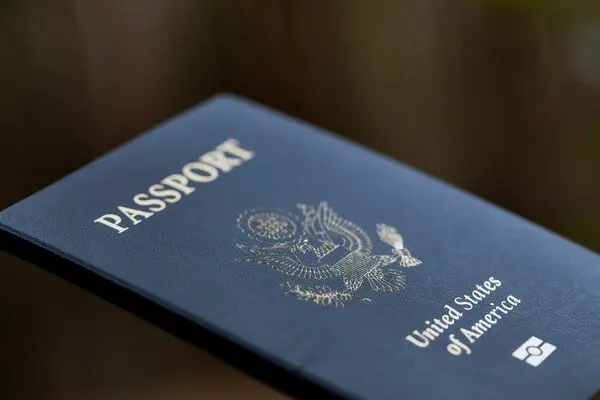Remember the scramble at airport security, fumbling for your physical ID, boarding pass, and sometimes even your passport just to get through? Well, get ready for a potentially smoother, faster, and more futuristic travel experience! The Transportation Security Administration (TSA) has given the green light to digital U.S. passports stored right on your smartphone, marking a significant leap into the future of identity verification at checkpoints.
No more frantic pat-downs of your pockets or digging through your bag. Your phone, already your travel companion, is becoming your passport!
What Exactly Are These “Digital Passports”?
These aren't just photos of your passport; they're secure, encrypted digital credentials stored within your device's secure element. For Android users, this comes via “ID pass” in Google Wallet, and for Apple users, it's “Digital ID” in Apple Wallet. Think of it as a highly secure, privacy-focused digital version of your physical passport data.
How Does It Work at the Airport?
The process is surprisingly straightforward, designed for convenience:
- Enrollment:
- Open your Google Wallet or Apple Wallet app.
- Choose the “Add ID” option.
- You'll then scan the data page of your physical U.S. passport.
- Crucially, you'll need to hover your phone over your passport's NFC chip to securely transfer encrypted data.
- Finally, a short selfie video is taken for identity verification. Once done, your encrypted digital passport lives safely on your phone.
- At the Checkpoint:
- At participating TSA lanes, you simply tap your phone at the ID podium.
- A consent screen pops up on your device, asking for your approval to share limited data.
- Upon approval, your face briefly flashes on the TSA officer's tablet, which is then matched against the passport photo securely transmitted from your digital credential.
Google even touts the benefit of “no more juggling documents at TSA,” which is music to any traveler's ears!
The Bright Side: Speed and Convenience
The immediate, obvious benefit is speed. Tapping your phone is undeniably quicker than rummaging for a booklet. For frequent flyers, this small gain in efficiency can significantly reduce stress and improve the airport experience. It also aligns perfectly with our increasingly mobile-centric lives, consolidating essential travel documents onto the device we already carry everywhere.
Important Considerations and Current Limitations
Before you ditch your physical passport entirely, it's crucial to understand the current scope and limitations:
- Domestic Only (For Now): These digital passports are only accepted at participating domestic TSA checkpoints in the U.S.
- Physical ID Still Required: The TSA still advises all travelers to carry a physical, acceptable form of ID (like your physical passport or driver's license). Why? Because not every single lane at every airport is equipped with the necessary scanners, and some officers may still require a hard copy as part of the pilot phase.
- International Travel: For any international trip, your physical passport is still mandatory for Customs and Border Protection (CBP) and foreign immigration systems. These systems rely on physical, machine-readable passports and digital visas under international (ICAO) standards.
- Officer Familiarity: As with any new technology rollout, some travelers have reported encountering TSA officers who are still unfamiliar with the digital passport process, leading to brief delays.
- Battery Life is King: The Achilles' heel of any mobile-dependent system? A dead phone battery. If your phone dies, you're back to relying on your physical ID. Always charge up!
Who Can Use It & What About Privacy?
Currently, any U.S. passport holder with an Android 9+ device or an iPhone running iOS 26 beta can enroll. These scanners are progressively being rolled out, now covering approximately 80% of domestic passengers at airports participating in TSA's digital ID pilot program.
From a privacy standpoint, both Apple and Google emphasize security: the encrypted credential is stored offline in tamper-resistant hardware on your phone, and access requires Face ID or fingerprint authentication. The TSA states that officers only see essential information like your name, photo, and date of birth – no access to your address or full passport number. While a pilot for CBP integration is in the works, there's no public timeline for full border use yet.
This move towards digital passports is a fascinating step into the future of travel. It highlights a growing trend of leveraging secure mobile technology to streamline everyday processes. While the physical passport isn't going anywhere soon, the digital version is certainly making airport security a little less stressful and a lot more cutting-edge!



